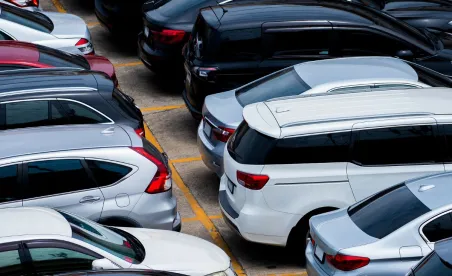Admittedly, here at the Dashboard we have been publishing a lot about the torrent of issues facing the Automotive Industry. Sales in China are down. Supply chains continue to be a general mess of delays. Plants continue to run at reduced capacity (at best it seems). And on and on.
The industry news has not gotten better. The most recent reports are now predicting that the chip shortage will last into 2023. Of course, keep in mind, that as electrification increases, the need for chips increases. Revenues are down all over the industry. GM third quarter profit was down 41% from the prior year. Volkswagen was down as well. Stellantis too: revenue down 14%. Without inventory, with sales down, with buyers left with nothing to buy, not only are the OEMs down, but their suppliers are of course down as well (it would be hard not to be).
The lack of vehicles has an unsurprising impact on used car sales: they are equally stressed by lack of inventory. If people cannot buy new vehicles, they cannot trade in old vehicles. And, they may very well be buying used instead of new because of what might be available. In the past 18 months, used car prices are up 40%. The prices continue to go up. One forecast does not see the used car market normalizing until “well into 2022”.
In other news, the move to electrification marches along. But for the current work force, that is troubling news (as it is in a lot of transitioning industries). Electric vehicles have fewer moving parts and are, arguably, simpler to assemble, requiring fewer workers. One report has job losses already above 70,000, just for OEMs. Add in suppliers at every tier and one can easily compute some very large numbers of job reductions. While this will arguably help the industry reduce costs and increase profits, it will leave scores of people around the globe without work.
There are, of course, new jobs as well. But they require new and different skills that are not necessarily easily obtained. In Alabama alone, there are currently thousands of open jobs in the automotive industry that are waiting to be filled. This is consistent with other industries as workers continue to pick and choose among the myriad of positions available.
Let’s add to these challenges: who is ready for an aluminum shortage? Multiple reports are now saying that magnesium is going to be hard to source in 2022. At the very least, this will cause material prices to increase. Such increases routinely have a cascading impact on prices all the way to the showroom.
Any way one looks at it, the automotive industry, like a lot of industries, continues to face challenging times amid a changing landscape around the globe.




 />i
/>i

